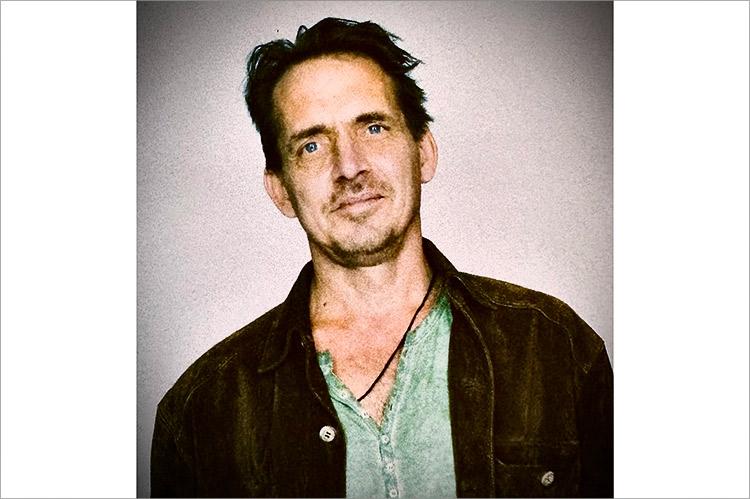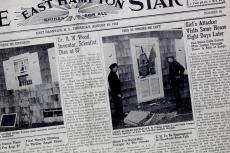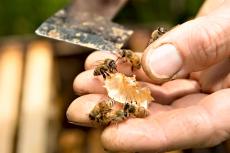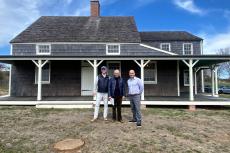Paul Pavia was a scion of art world royalty. His father, the sculptor Philip Pavia, was a key figure in New York City’s Abstract Expressionist movement. His mother, Natalie Edgar, is a painter who was a critic for Art News from 1960 to 1973.
Their son grew up surrounded by art. Starting at the age of 15, he spent 12 summers in Pietrasanta, Italy, a Tuscan town that has drawn artists for centuries to its marble studios and foundries. While still a teenager, he earned a three-month internship at the Peggy Guggenheim Collection in Venice.
"By the time I went to college [at SUNY Binghamton], I didn’t want to study art anymore," Mr. Pavia told The Star in a 2017 interview at his Springs studio. "I had had too much of it, and I didn’t want to waste the tuition studying something I already knew. I wanted to try something different, so I majored in philosophy."
Though he went on to a career as a sculptor and painter, he did it his way. "He had a clear aesthetic vision," said his mother. "Whenever he did anything, from the earliest drawings to the sculpture to his paintings, they are extremely clear, right from the concept to the page."
He exhibited widely, but it was making the work, not showing it, that was most important to him. According to Nick Tarr, an artist who is also the son of a sculptor, Bill Tarr, "He said to me at one point that he didn't care who saw his work, and he didn't care about fame or fortune. He just had to make the work, that's what was important to him. He didn't care who saw it, and he lived by that."
Paul Pavia died of a heart attack at home in Springs on July 30. He was 52.
Born in New York City on May 18, 1971, he moved to Springs with his mother and brother, Luigi, when he was in fourth grade. His father joined them on weekends. Paul went to the Springs School and East Hampton High School.
Their house, on Squaw Road, was originally built in Southold as a summer residence for the Pavia family. After buying the lot, they moved the house from the North Fork by barge. "It says something about my family," Paul told The Star. "We're a little bit eccentric."
While he didn't major in art, he did learn to weld at Binghamton. The two strains -- the assembly of pieces of material into objects, and a lifelong interest in philosophy, especially existentialism -- informed his work after that.
He would cut up bronze plates, which came in 3-by-4-foot or 3-by-8-foot sheets, put the pieces together, and treat the surface with acid to create different patinas. "I never met anybody who cut up bronze and used it as a collage element," he said.
As bronze became more expensive, he began to explore other materials, including wood.
While many of his sculptures are small in size, he patterned his work on the monumental symbols of the past, among them Stonehenge, Olmec heads, and the Easter Island statues.
"Because I can’t always work in large size, I use space, volume, and scale to compensate," he said. "I want to establish a vast enigmatic landscape that expands from the sculpture. The simple geometric monoliths have the illusion of being solitary and alive."
"He was a tremendous craftsman," said Mr. Tarr. "He knew about all forms of working in metal and stone. He really knew his materials well, and he was just a very dedicated, talented sculptor."
When his mother, who lives in the city, had a hip replacement recently, he went there for three months to take care of her. She said that while there, "he did all these paintings. He got all of his materials, got the canvases prepared, and he knocked out, I'd say, 17 paintings. They're so clear and tactile. He was very much imbued with that idea of having something authentic of himself in his work."
Mr. Pavia is survived by his mother. His brother died before him.
Juan Puntes, the founder and artistic director of WhiteBox, a nonprofit art space in Chelsea, plans to organize an exhibition there, tentatively titled "Trilogy, a Pavia Affair," in the late fall or winter. "It will interconnect the works of Philip Pavia, Natalie Edgar, and Paul Pavia," he said.




